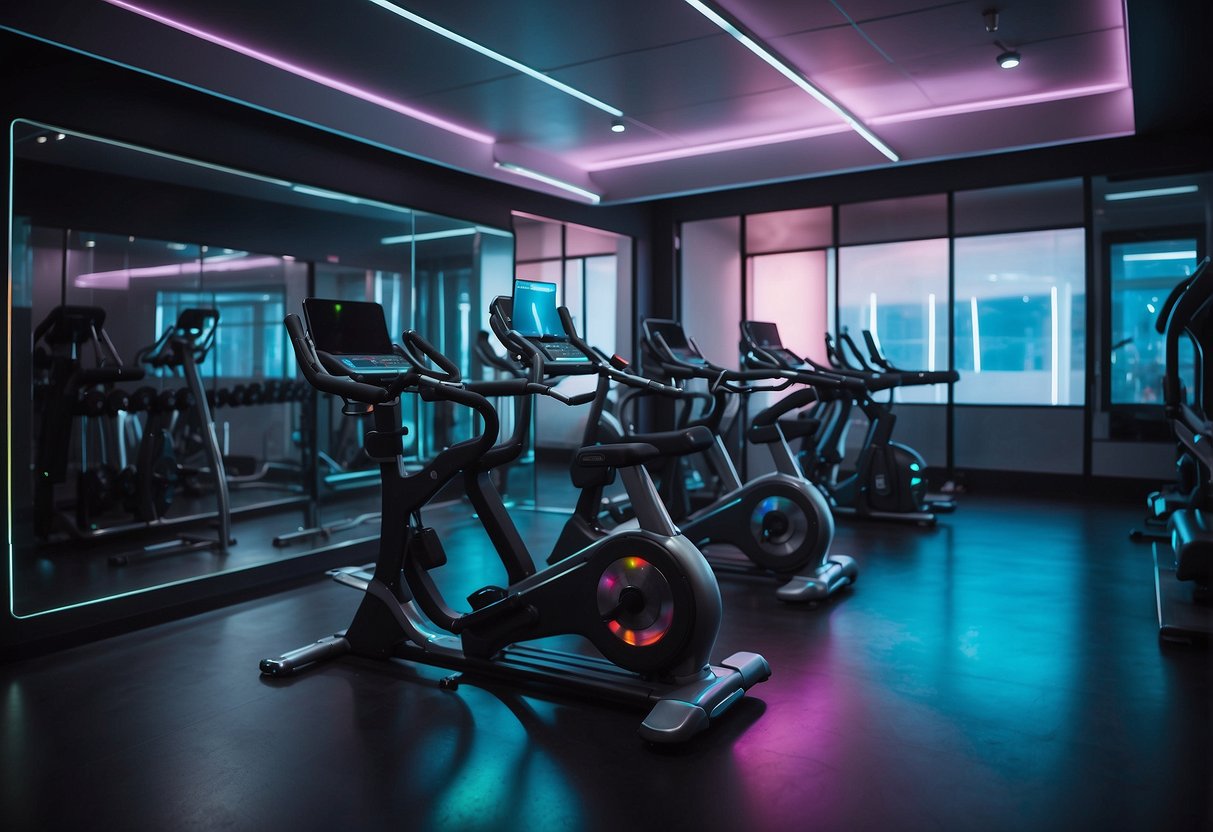
The Evolution of Activewear Materials
Activewear has significantly advanced through innovative materials such as sustainable fabrics and cutting-edge sweat-wicking technologies. These developments are crucial for both environmental impact and enhanced athletic performance.
Sustainable Fabrics in Activewear
Sustainable fabrics have gained much attention in recent years. Companies are now using recycled polyester, which repurposes plastic waste into functional, high-performance materials. This approach not only reduces plastic pollution but also lowers energy consumption during production.
Another notable material is organic cotton, which is grown without synthetic agricultural chemicals. This reduces soil and water contamination, offering a more eco-friendly alternative to traditional cotton. Bamboo fiber is also emerging as a popular choice. It’s naturally antibacterial and requires less water for cultivation compared to cotton.
Brands are investing in these sustainable options, recognizing the growing consumer demand for eco-friendly products. By incorporating these materials, activewear producers contribute to environmental conservation while maintaining the quality and functionality expected by athletes.
Advanced Sweat-Wicking Technology
Sweat-wicking technology has evolved to enhance comfort and performance during intense workouts. Modern fabrics now include advanced polymers designed to move moisture away from the skin quickly. This capability prevents the buildup of sweat, keeping the wearer dry and comfortable.
Innovations like microfiber blends are revolutionizing this space. These materials are ultra-thin, lightweight, and highly effective at managing moisture. Some fabrics now integrate hydrophobic and hydrophilic fibers, creating a dual-action mechanism that absorbs sweat on one side and expels it from the other.
These advancements result in activewear that not only improves physical performance but also supports better temperature regulation and skin health. By focusing on these technical improvements, manufacturers are meeting the high standards set by today’s athletes and fitness enthusiasts.
Innovative Design Features
Activewear in 2024 is characterized by a strong focus on comfort and flexibility, alongside multi-functional capabilities that accommodate a variety of activities and environments.
Enhanced Comfort and Fit
Modern activewear prioritizes user comfort and fit, employing advanced materials that offer superior breathability and moisture-wicking properties. These garments often feature ergonomic designs that adapt to the natural movement of the body, minimizing friction and reducing the risk of chafing.
Seamless construction is another significant innovation, eliminating seams that can cause discomfort during intense physical activity. Many brands are also incorporating adjustable elements, such as drawstrings and customizable straps, to ensure a precise fit for diverse body types.
Adaptive fabrics, which can alter their structure in response to body temperature and perspiration levels, are making strides. These materials enhance performance by keeping the wearer cool and dry, contributing to overall comfort and endurance.
Adaptable and Multi-Functional Clothing
The trend towards adaptable and multi-functional clothing is gaining momentum, driven by the need for versatility in activewear. These garments are designed to transition seamlessly from one activity to another, making them suitable for both workouts and casual wear.
Reversible items, featuring two distinct looks in one piece, allow users to switch styles without needing additional clothing. Convertible clothing options, such as pants that can become shorts or jackets with removable sleeves, offer practical solutions for changing weather conditions and varied activity levels.
Additionally, smart textiles with embedded technology provide features like heart rate monitoring, muscle oxygenation tracking, and built-in UV protection. These innovations not only enhance performance but also add an element of convenience and functionality, meeting the needs of modern, on-the-go lifestyles.



